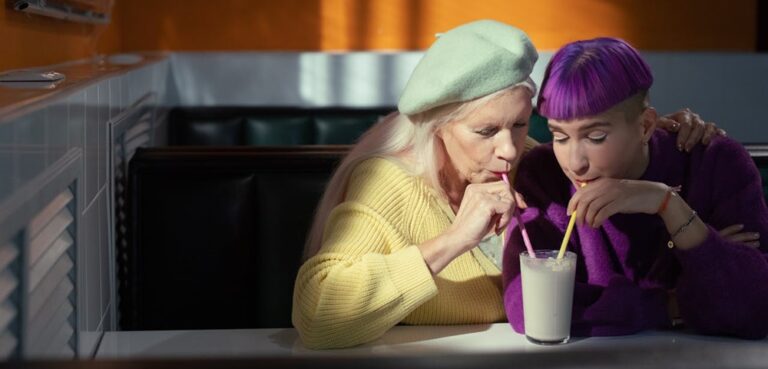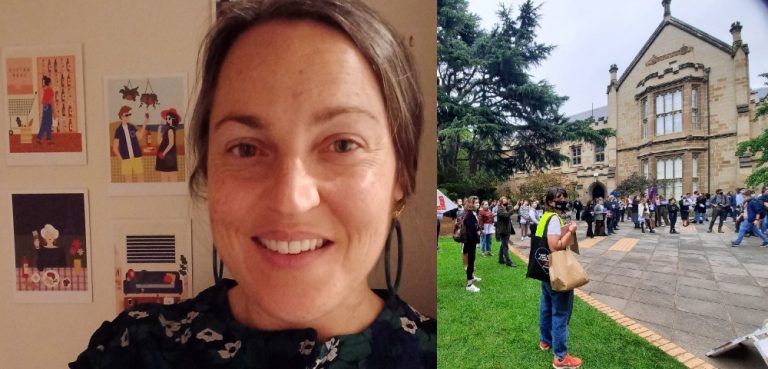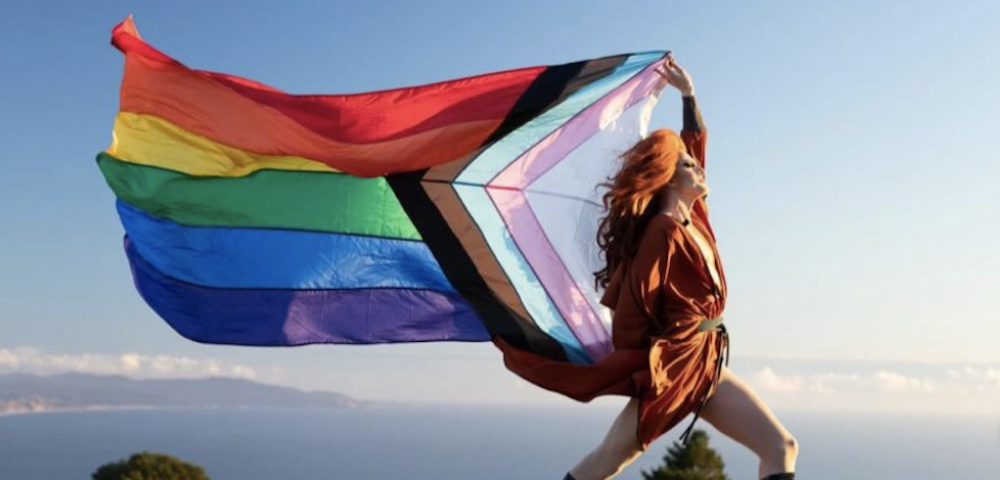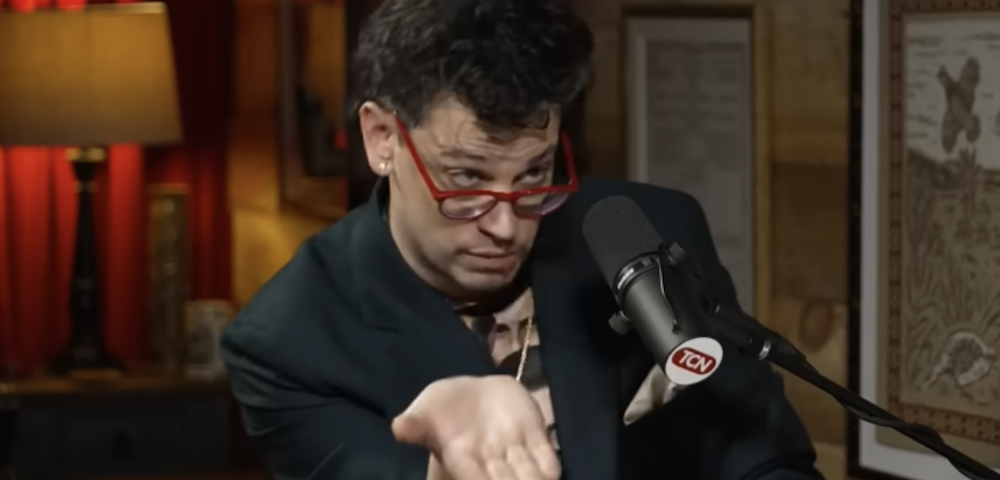
Watched But Not Seen: The Light And Dark Side Of Trans Visibility
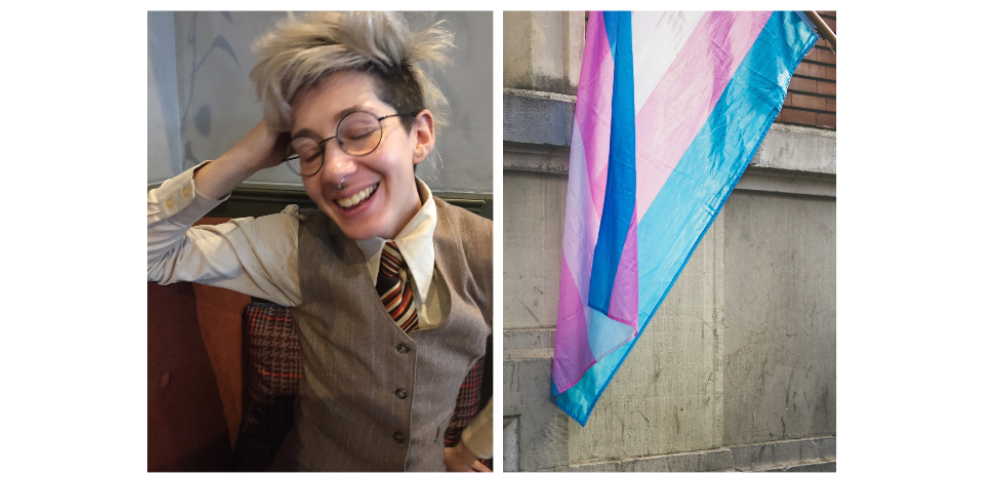
When my mum was a girl, the nuns of her school would chastise children for smiling during Easter. It was inappropriate to laugh and play on the anniversary of Jesus’ death, they explained; good Christians should be sad instead. My mum, a confused child who had never met Jesus, did her best to look miserable while secretly looking forward to a bountiful backyard harvest of cheap chocolate eggs.
Occasions like the Transgender Day of Visibility can also feel like a duty to express pre-arranged emotions on someone else’s timetable. Do I actually have to be visible for the whole 24 hours? Can I just be semi-transparent? Will I go back to being invisible for the rest of the year? By making myself visible, am I making myself a target?
Like many millennials, I hate being perceived, but I do want to be seen. Visibility is a double-edged sword: on one hand, trans people finally get the spotlight, but on the other hand, we’re under the spotlight.
Increased apprehension has come with increased apprehensiveness. We are viewed with suspicion, looked down on with pity, seen as a threat, judged on whether our appearance is too gender conforming or not gender conforming enough, or told to watch and wait for our feelings to disappear. Critics say that our bodies deceive others and our minds deceive ourselves.
While increased visibility is a good thing overall, it can feel uncomfortable to be clocked as trans without having control over that disclosure. To be invisible is to keep a personal matter private or a sore spot safeguarded.
However, it cannot be denied that broader representation of trans journeys and deeper discussions around gender have led to more people having better insight into their own internal experiences, coming to terms with their bodies, and pursuing the lives they want to live. To be visible is to be relatable.
For our part, we look on in horror at the U.S. and U.K.’s anti-trans legislation, side-eye our own politicians, watch our backs, encourage our inner beauty to rise to the surface, and slowly start to recognise the person in the mirror.
Trans people have a complex and personal relationship with the visible wavelength of light. We are familiar with the murky chasm between external appearance and internal reality. Our image of ourselves and other people’s perception of us takes time to align. We usually need to put in a lot of work to appear to be what we already are.
I’m relatively lucky as a person who looks like a white nonbinary cliché. But when my lover calls me handsome, a stranger casually uses the right pronouns, I look at my beautiful expensive chest, or I meet another trans person out in the wild, I just feel relief. For all the dissonance and danger of visibility, it’s a chance to be proud of my true colours.
